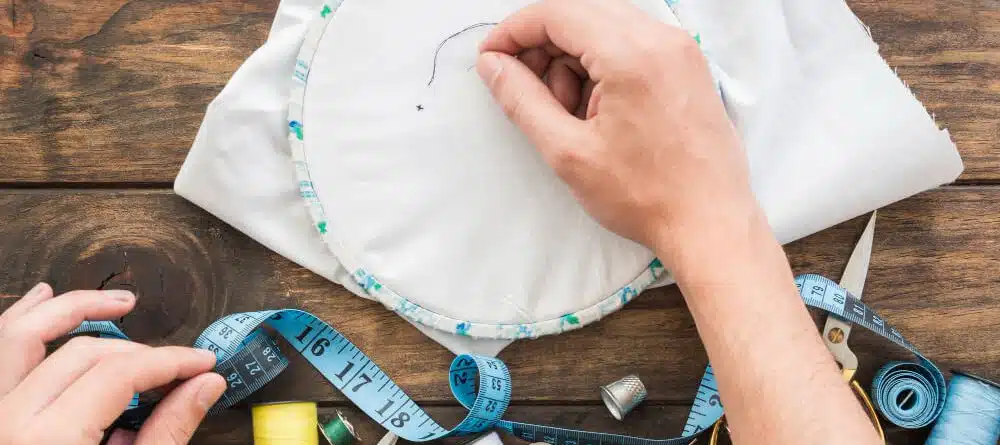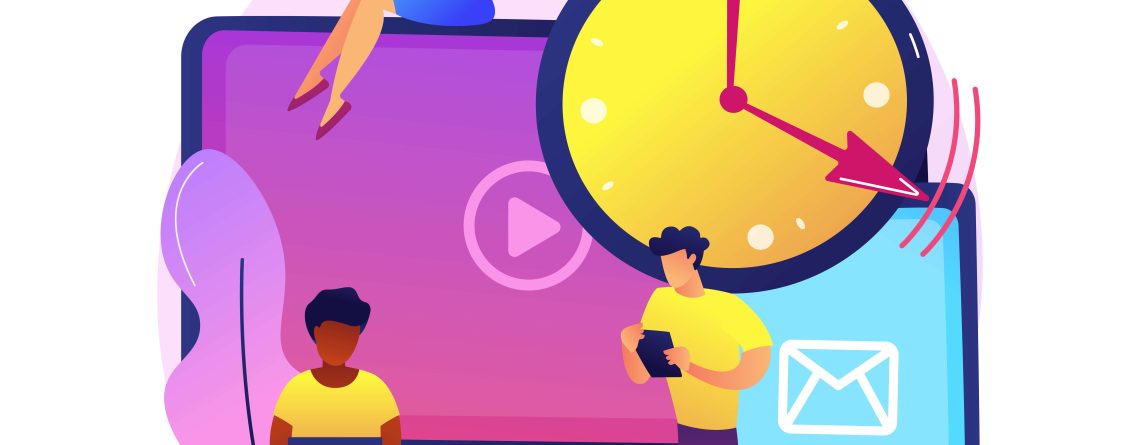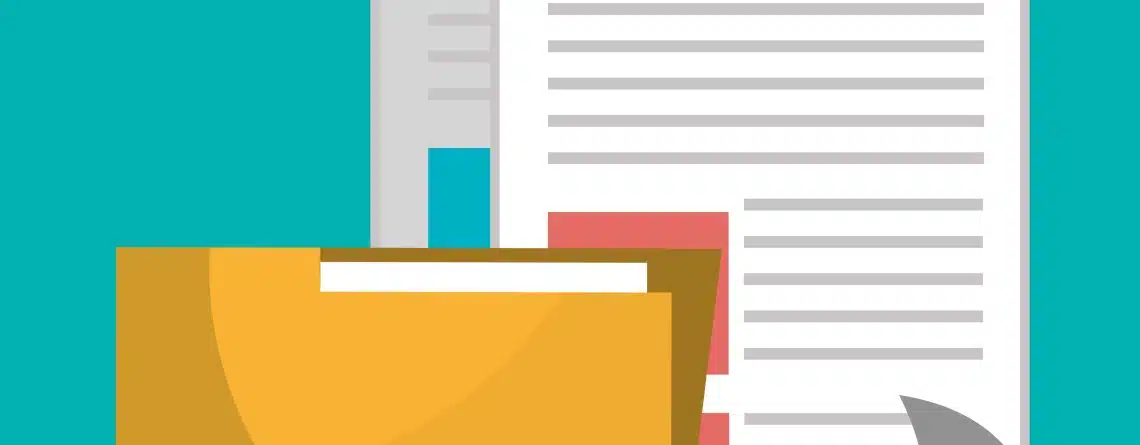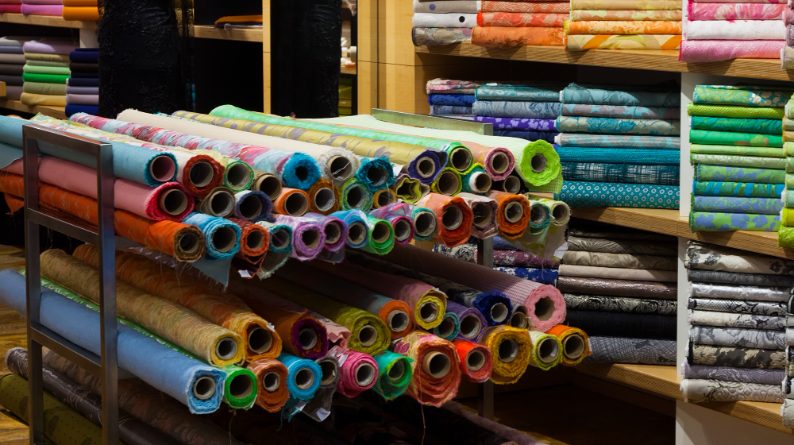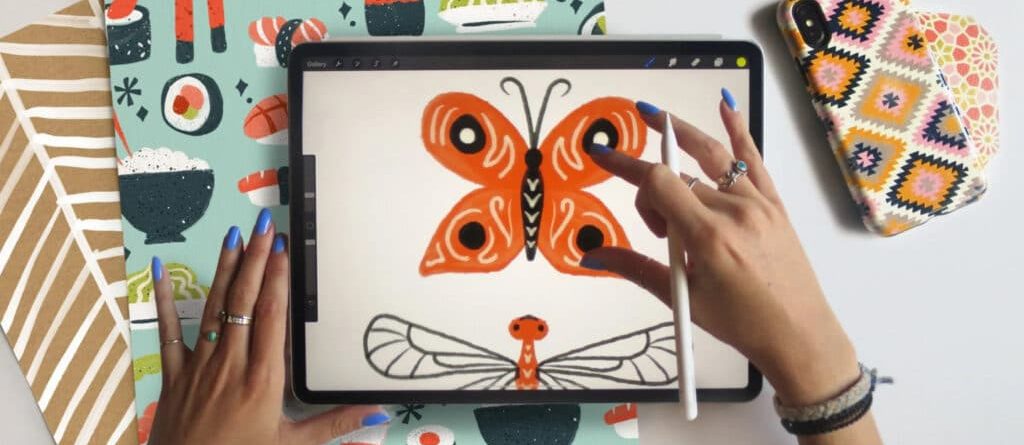How to Repair Loose Threads and Minor Embroidery Damage at Home
Embroidery looks beautiful, but loose threads and small damages can happen over time. Instead of rushing to a professional every time, you can fix minor embroidery problems at home with simple tools and easy steps. These small fixes help extend the life of embroidery and keep logos, names, or custom designs looking sharp. You can also learn more about the basic digitizing processes that prevent common embroidery issues.
Why Do Loose Threads Happen in Embroidery?
Loose threads come from repeated washing and wear.
Poor stitch density during embroidery digitizing services may also cause unraveling.
Incorrect tension on embroidery machines can pull threads too tightly or too loosely.
Fabrics like towels and fleece are more prone to snags.
Understanding the cause makes repair easier. Reading guides such as common digitizing mistakes can help prevent these problems before they occur.
What Tools Do You Need for Simple Embroidery Repairs?
Small embroidery scissors or snips.
Needle threader for re-stitching.
Matching embroidery thread.
Fabric glue for securing ends when sewing is not possible.
Tweezers to pull loose ends back into the fabric.
If you’re unsure, resources like top tools & software for embroidery can guide you.
How to Fix a Single Loose Thread in Embroidery?
Never pull the thread hard, or it may unravel further.
Use a needle to gently tuck the loose end to the back of the fabric.
Tie a small knot at the back if the fabric allows.
Apply a tiny drop of fabric glue on the knot to secure it.
Trim any extra thread with small scissors.
For extra safety, you can also check how to attain the best embroidery digitizing for more stable results.
What If the Thread Is Completely Broken?
Re-thread a needle with matching embroidery thread.
Follow the same stitch pattern around the damaged spot.
Blend the repair stitches into the design.
Knot and secure at the back, keeping it neat.
This method works well for left chest digitizing logos on shirts.
How Can You Fix Unraveling on Larger Designs?
For big designs like jacket back digitizing, repairing is more detailed.
Use a hoop to keep fabric tight before starting the repair.
Restitch the missing area carefully using the same stitch type.
If the design is complex, redraw it using vector art services before fixing.
This makes sure the restored embroidery matches the original design.
What to Do If Embroidery Starts to Fray on Towels?
Towel digitizing requires strong underlay, but even then, threads may loosen.
Cut frayed threads close to the fabric without pulling.
Use a needle to reinsert any longer loose ends.
Apply clear fabric sealant or fray check around the stitch edge.
Wash towels gently to prevent further unraveling.
Can You Repair Loose Threads on Embroidery Caps Online Orders?
Caps often use 3D embroidery digitizing, which creates raised stitches.
Loose threads on puff embroidery should be tucked carefully to avoid ruining the 3D look.
Re-stitch using thick matching thread for consistency.
Avoid ironing caps after repair, as heat can flatten 3D embroidery.
Many businesses selling embroidery caps online recommend hand washing.
How to Handle Small Gaps in Custom Embroidery Digitizing Designs?
If stitches spread out leaving fabric visible, fill gaps with new stitches.
Always follow the original direction of the embroidery lines.
Use the Right Embroidery Digitizing Service in the future to avoid density errors.
For custom embroidery digitizing logos, check digitized files before production to prevent gaps.
Gaps usually appear when digitizing settings are not correct.
When Should You Compare Embroidery Digitizing Services?
If you notice frequent unraveling across different items, the digitizing may not be done properly.
Compare embroidery digitizing services to find those with better stitch density and underlay.
Look for providers who offer both embroidery digitizing services and vector art services.
The best providers also specialize in left chest digitizing, jacket back digitizing, and towel digitizing.
Reading guides like 5 things to do to ensure you get quality digitizing services can help you choose better.
Can Fabric Glue Help Fix Minor Embroidery Damage?
Yes, fabric glue works for tiny unraveling where stitching isn’t possible.
It seals the thread ends and prevents further fraying.
Always use clear, washable fabric glue.
Apply with a toothpick to avoid smudging.
This method is best for hidden repairs, not for visible design areas.
For permanent solutions, many recommend exploring embroidery patching design.
What About Burnt or Torn Embroidery Sections?
If embroidery gets slightly burnt from ironing, trim away damaged threads.
Re-stitch using matching thread if the fabric is still intact.
For torn fabric under embroider patch the back before repairing stitches.
If the damage is large, recreating the design with embroidery software Wilcom may be needed.
This is common with jacket back digitizing where designs cover large areas.
How to Prevent Loose Threads in the Future?
Wash embroidered clothes inside out.
Avoid using harsh detergents or bleach.
For caps, jackets, and towels, choose air drying instead of high heat.
Order from providers who use the Right Embroidery Digitizing Service for durable files.
Always check the quality of embroidery digitizing services before bulk orders.
How Do Professional Digitizing Services Prevent Damage?
They use precise stitch density to avoid loose threads.
They apply underlay stitches to hold embroidery firmly.
They adjust digitizing settings for different fabrics like cotton, fleece, or towels.
Many also offer 3D embroidery digitizing for bold and long-lasting logos.
Brands like NKEMB focus on strong, durable results that businesses trust.
Why Do Businesses Still Prefer Embroidery Over Printing?
Embroidery lasts longer and resists fading.
Logos look premium on uniforms, jackets, and caps.
Embroidery digitizing services offer flexibility for small logos or big back designs.
Unlike printing, embroidery doesn’t peel or crack.
This makes embroidery the top choice for long-term branding. More insights can be found in the importance of quality embroidery digitizing.
Conclusion: Repair and Care Keep Embroidery Strong
Loose threads and small embroidery damage are easy to fix at home with simple tools.
Techniques like re-stitching, fabric glue, and trimming can restore designs.
For business items like embroidery caps online, towel digitizing, or jacket back digitizing, repairs help extend life.
However, choosing the Right Embroidery Digitizing Service is key to preventing future damage.
Businesses should compare embroidery digitizing services and rely on providers that also offer vector art services.
With small repairs at home and professional digitizing for production, embroidery stays beautiful and durable for years.

